

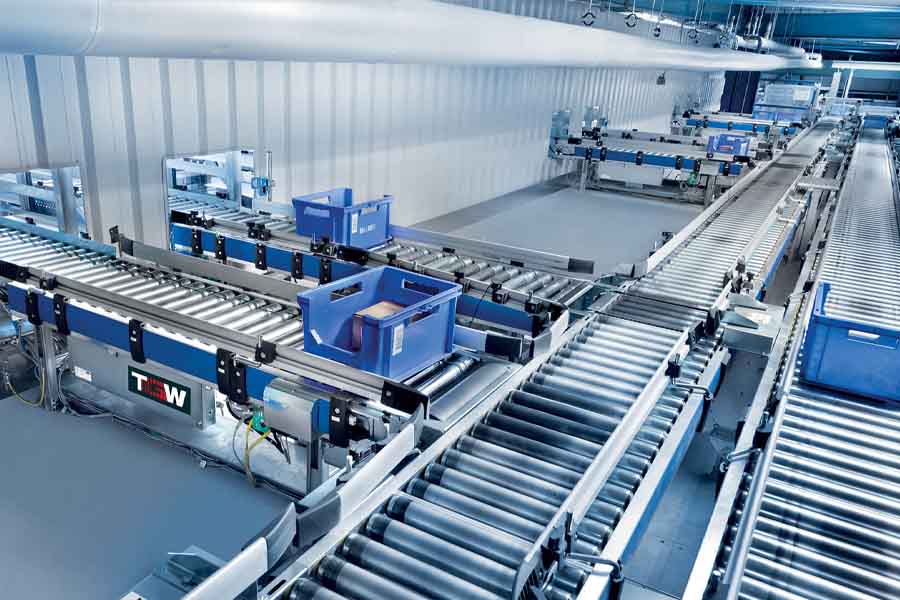
Conveyor systems are mechanical devices designed to move materials efficiently from one location to another within an industrial, manufacturing, or logistics setting. They are commonly used in warehouses, factories, airports, and other facilities where material handling is a critical part of operations.
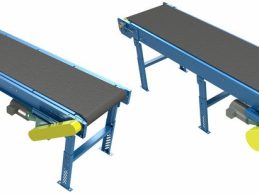
Description: Use a continuous belt loop driven by pulleys. Applications: Ideal for transporting goods of various sizes, shapes, and weights over a long distance. Examples: Airport baggage systems, food processing, and assembly lines.
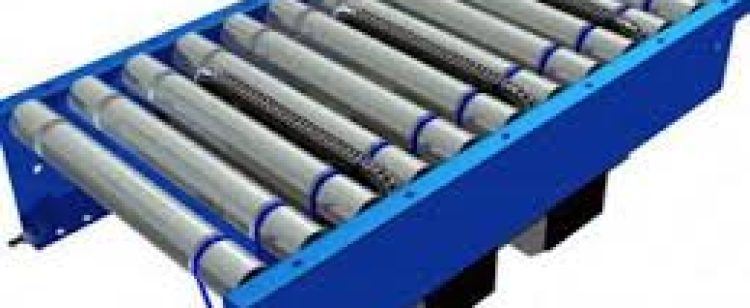
Description: Use rollers to transport items. Types: Gravity Rollers: Items move using gravity or manual push. Powered Rollers: Rollers are motor-driven. Applications: Warehousing, packaging lines, and distribution centers.
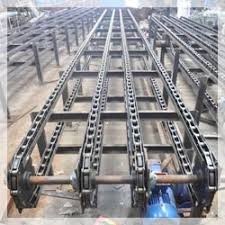
Description: Use chains to move items along the conveyor path. Applications: Heavy-duty industries like automotive manufacturing and metal works.
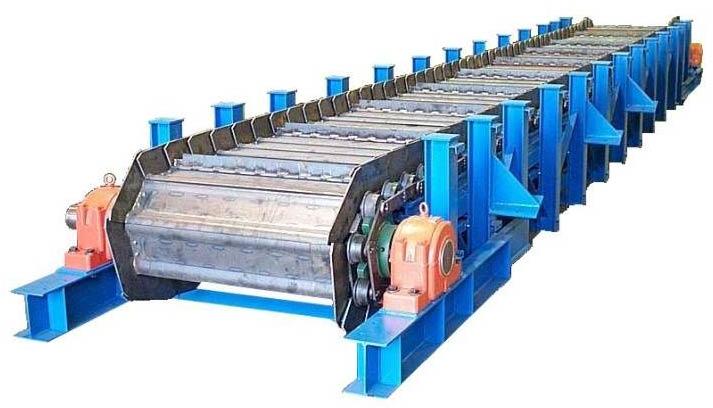
Description: Feature slats or plates instead of belts to carry materials. Applications: Transporting heavy, hot, or abrasive materials such as in mining or recycling.
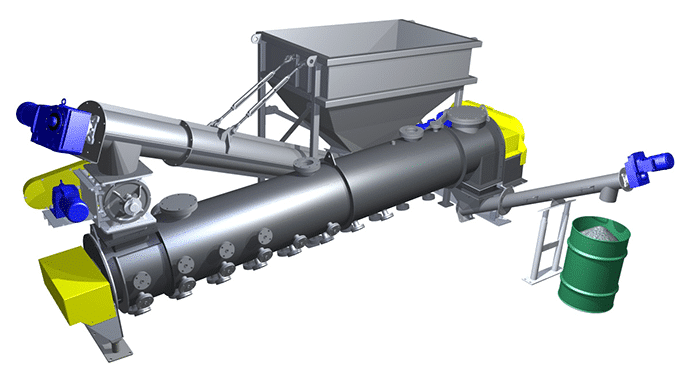
Description: Use a helical screw mechanism to move bulk materials. Applications: Grain handling, wastewater treatment, and cement industries.
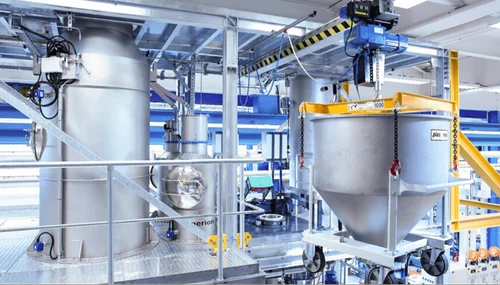
Lorem ipsum dolor sit amet, consectetur adipiscing elit. Ut elit tellus, luctus nec ullamcorper mattis, pulvinar dapibus leo.
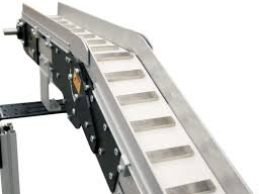
Description: Use magnets to transport ferrous materials. Applications: Metalworking and recycling industries.
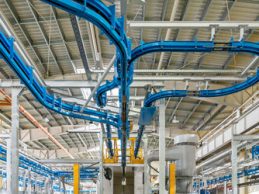
Description: Transport items along an overhead track, freeing up floor space.
Applications: Assembly lines and dry cleaning services.
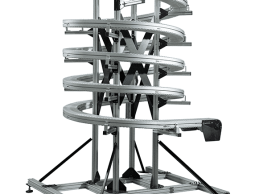
Description: Move items between different heights using an inclined or declined belt. Applications: Multi-level warehouses and manufacturing plants.